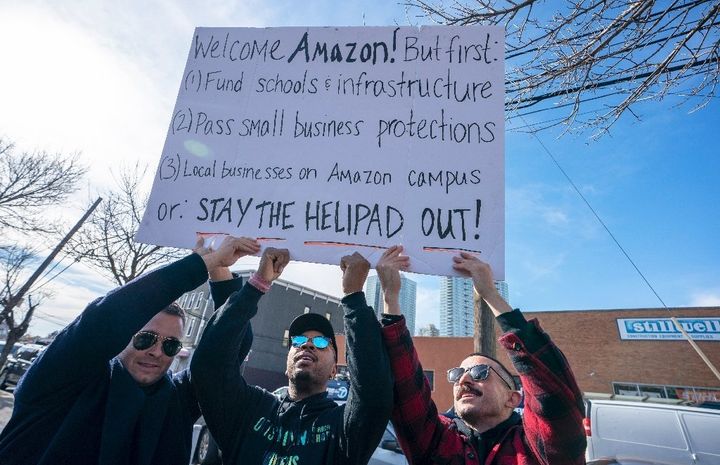
While academics have spent decades examining how gentrification ― the phenomenon by which upwardly mobile newcomers move into working class neighborhoods, prompting rising rents and cultural changes ― affects housing prices, the economy and crime, research into how gentrification affects residents’ health and well-being is comparatively sparse.
A new study, which found a link between healthier neighborhoods and gentrification in cities across the county, complicates the picture even more.
Joseph Gibbons, lead author of the study and assistant professor of sociology at San Diego State University, cautioned that an association between healthier neighborhoods and gentrification didn’t translate to better city health overall.
“We hope that policymakers interpret these results as indicating investing in disadvantaged neighborhoods can have positive outcomes but recognizing those outcomes may be limited to small areas,” Gibbons said. “We cannot rely on half-measures to solve our problems.”
Existing studies on gentrification looked at city-specific or neighborhood-specific health effects of gentrification. The new study, published this month in the journal PLOS One, used self-reported physical health data from the U.S. Centers for Disease Control and Prevention’s 500 cities project, allowing researchers to compare cities across the nation.
Another wrinkle to the new findings is the possibility that the presence of affluent residents in a neighborhood may drive up self-reported health, as opposed to improving the health of residents in the neighborhood ― rich and poor ― at large.
And improved neighborhood health doesn’t account for the health of residents who are displaced from gentrifying neighborhoods as they change.
Research published in PLOS One last year, which focused on New York City neighborhoods specifically, found that New Yorkers who moved from gentrifying neighborhoods to poorer areas had a bigger rise in hospital visits in the five years after they were displaced than residents who stayed put.
“How do we both keep long-standing residents in these neighborhoods while also making them feel welcome?” Gibbons asked. “This is the trickiest and of course the most important question.”
Protective housing policies, like New York’s rent regulation and just cause eviction laws, are potential tools for keeping long-standing residents housed, but they are neither widespread nor universally embraced.
In California, which is in the midst of concurrent homelessness and housing crises, a proposition to loosen the state’s rules on rent control failed at the ballot box earlier this month.
“Ultimately, though, there is no one easy answer to deal with this issue,” Gibbons said.
